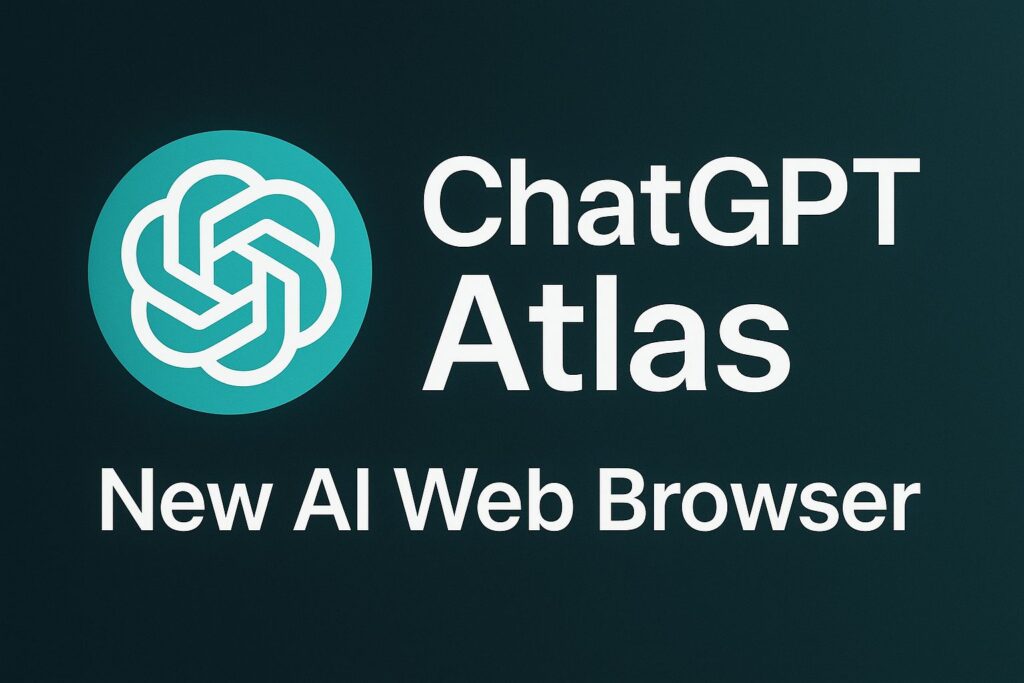In recent years, the field of artificial intelligence has been revolutionized by a breakthrough technology called Generative AI. This technology is a form of machine learning that enables computers to generate entirely new content, such as images, videos, and even text.
At the forefront of Generative AI research is OpenAI, a research lab founded by tech luminaries such as Elon Musk and Sam Altman. OpenAI’s flagship product is a powerful Generative AI model called ChatGPT, which is capable of generating highly realistic and coherent responses to human input.
In this article, we will explore the world of Generative AI technology, and provide an in-depth explanation of how ChatGPT works.
How does Generative AI Technology work?
Generative AI technology works by training a machine learning model on a large dataset of examples, such as images, videos, or text. The model then learns to generate new examples that are similar to the training data.
One of the most powerful Generative AI models is the Generative Pre-trained Transformer 3 (GPT-3), which was developed by OpenAI. GPT-3 is a deep neural network that has been trained on an enormous corpus of text from the internet, making it capable of generating highly coherent and natural-sounding responses to human input.
GPT-3 works by encoding the input text into a series of vectors, which are then processed by a series of neural networks. These networks use complex algorithms to generate new text that is highly similar to the input text.
One of the key advantages of GPT-3 is its ability to understand the context of the input text, allowing it to generate highly relevant and useful responses.
What is OpenAI’s ChatGPT?
OpenAI’s ChatGPT is a variant of the GPT-3 model that has been specifically designed for generating natural language responses to human input. ChatGPT is trained on a massive dataset of conversational data, allowing it to generate highly realistic and engaging responses to user queries.
ChatGPT works by encoding the user’s input text into a series of vectors, which are then processed by a series of neural networks. These networks generate a response that is highly relevant to the user’s input, and which mimics the style and tone of human conversation.
One of the key advantages of ChatGPT is its ability to learn from user feedback. As users interact with the system, ChatGPT continually refines its models, allowing it to generate more accurate and relevant responses over time.
How is Generative AI Technology being used today?
Generative AI technology is being used today in a wide range of applications, from generating realistic images and videos to automating customer service and support.
One of the most exciting applications of Generative AI is in the field of content creation. By leveraging the power of Generative AI, businesses and individuals can generate high-quality content quickly and efficiently, without the need for human writers.
For example, businesses can use Generative AI to create product descriptions, marketing copy, and even blog articles. This can save them time and money, while also ensuring that their content is high-quality and engaging.
Generative AI technology is a powerful new tool that is transforming the field of artificial intelligence. With the advent of models like GPT-3 and ChatGPT, we are seeing an explosion of creativity and innovation in the world of machine learning.
As Generative AI continues to evolve and mature, we can expect to see it being used in an ever-widening range of applications, from content creation and customer support to scientific research and beyond.
Generative AI technology is an exciting and rapidly developing field that promises to revolutionize the way we interact with computers and with each other. By leveraging the power of Generative AI, we can create new and innovative products and services that were previously unimaginable. As we move forward into the future, it is clear that Generative AI will play an increasingly important role in shaping our world.
Applications of Generative AI
Generative AI has many applications in various industries. Here are a few examples:
Art and Design – Generative AI can be used to create unique pieces of art and design by generating new images or patterns based on existing data.
Gaming – Generative AI can be used to create new levels, characters, and environments in video games.
Music – Generative AI can be used to create new music by generating new melodies or rhythms based on existing songs or styles.
Marketing – Generative AI can be used to create personalized marketing content, such as product descriptions or ads, based on individual customer data.
Healthcare – Generative AI can be used to create new drugs or treatments by generating new molecules or compounds based on existing data.
How to leverage Generative AI technology for your business
If you are a business owner, there are several ways in which you can leverage the power of Generative AI to grow your business and increase your profitability.
First, you can use Generative AI to create high-quality content quickly and efficiently. By automating the content creation process, you can save time and money while ensuring that your content is engaging and relevant.
Second, you can use Generative AI to automate your customer support and service. By using chatbots and other AI-powered tools, you can provide your customers with fast and effective support, without the need for human intervention.
Third, you can use Generative AI to generate new product ideas and designs. By leveraging the power of machine learning, you can explore new and innovative product concepts that were previously beyond your reach.
Overall, the potential applications of Generative AI are virtually limitless, and we are only just beginning to scratch the surface of what this technology can do.
By leveraging the power of Generative AI, we can create new and innovative products and services that were previously unimaginable. As we move forward into the future, it is clear that Generative AI will play an increasingly important role in shaping our world, and in helping us to solve some of the most pressing challenges that we face.
FAQs
How is generative AI different from other forms of AI?
Generative AI focuses on creating new content, while other forms of AI, such as supervised or unsupervised learning, focus on making predictions based on existing data.
Can generative AI be used for malicious purposes?
Yes, like any technology, generative AI can be used for malicious purposes, such as creating fake images or videos.
How accurate is generative AI?
The accuracy of generative AI depends on the quality and quantity of the training data. With enough high-quality data, generative AI can produce highly accurate results.
How does generative AI learn from data?
Generative AI learns from data by using neural networks to identify patterns and characteristics in the data. Once it has learned these patterns, it can generate new content that is similar to the original data.
What is the future of generative AI?
Generative AI is still a relatively new technology, but it has shown great potential in various industries. As the technology continues to advance, we can expect to see even more applications of generative AI in the future.
Discover more from TechResider Submit AI Tool
Subscribe to get the latest posts sent to your email.





